There can be your advertisement
300x150
City-Skyscraper Stretching 170 Kilometers
Why Saudi Arabia is Building NEOM and Why It's Called Madness
Imagine a city without cars, roads, or exhaust fumes. A city where you can travel from one end to the other in just 20 minutes, despite its length of 170 kilometers. A city powered entirely by clean energy, where robots do most of the work. Sounds like science fiction? Welcome to NEOM - an ambitious project by Saudi Arabia that promises to revolutionize our view of future cities.
Why Build a City-Barrier in the Middle of the Desert?
NEOM is not just a city but an entire region in northwestern Saudi Arabia, covering nearly the size of Belgium. Its main feature is The Line project - a linear city stretching 170 km wide only 200 meters and tall up to 500 meters. Essentially, it's one giant skyscraper stretching across the desert, mountains, and the Red Sea coastline.
Why such an unusual shape? The creators claim that this linear structure solves many problems of modern cities. In NEOM, there will be no suburbs stretching dozens of kilometers. There won't be long commutes to and from work. All infrastructure will be concentrated in one line, making life for residents as convenient as possible.
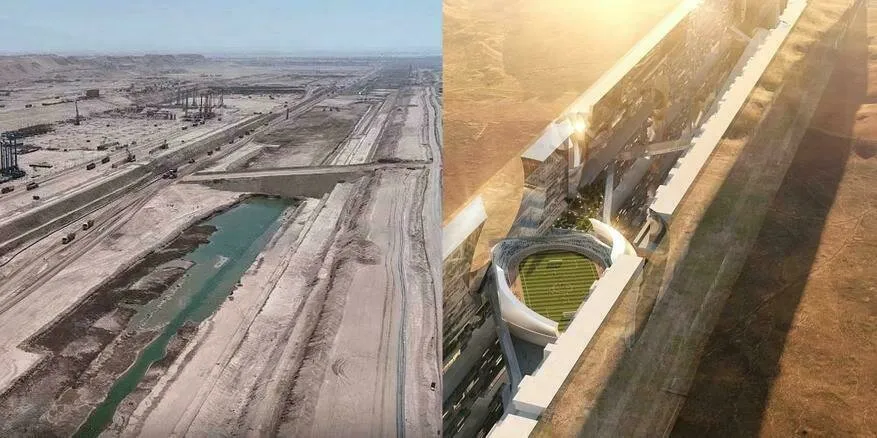 Photo: architime.ru
Photo: architime.ruHow to Move Around a Car-Free City Without Roads?
One of the most intriguing aspects of NEOM is its complete rejection of cars. Instead, a high-speed transportation system will run through the entire city. It will consist of multiple levels:
At the lowest level, a hyperloop train that can cross the entire city in 20 minutes.
Higher up, lines for slower public transport and bike paths or other forms of individual mobility.
On upper levels, pedestrian zones.
The project creators promise that any point in the city will be accessible within 5 minutes of walking. Sounds tempting, doesn't it?
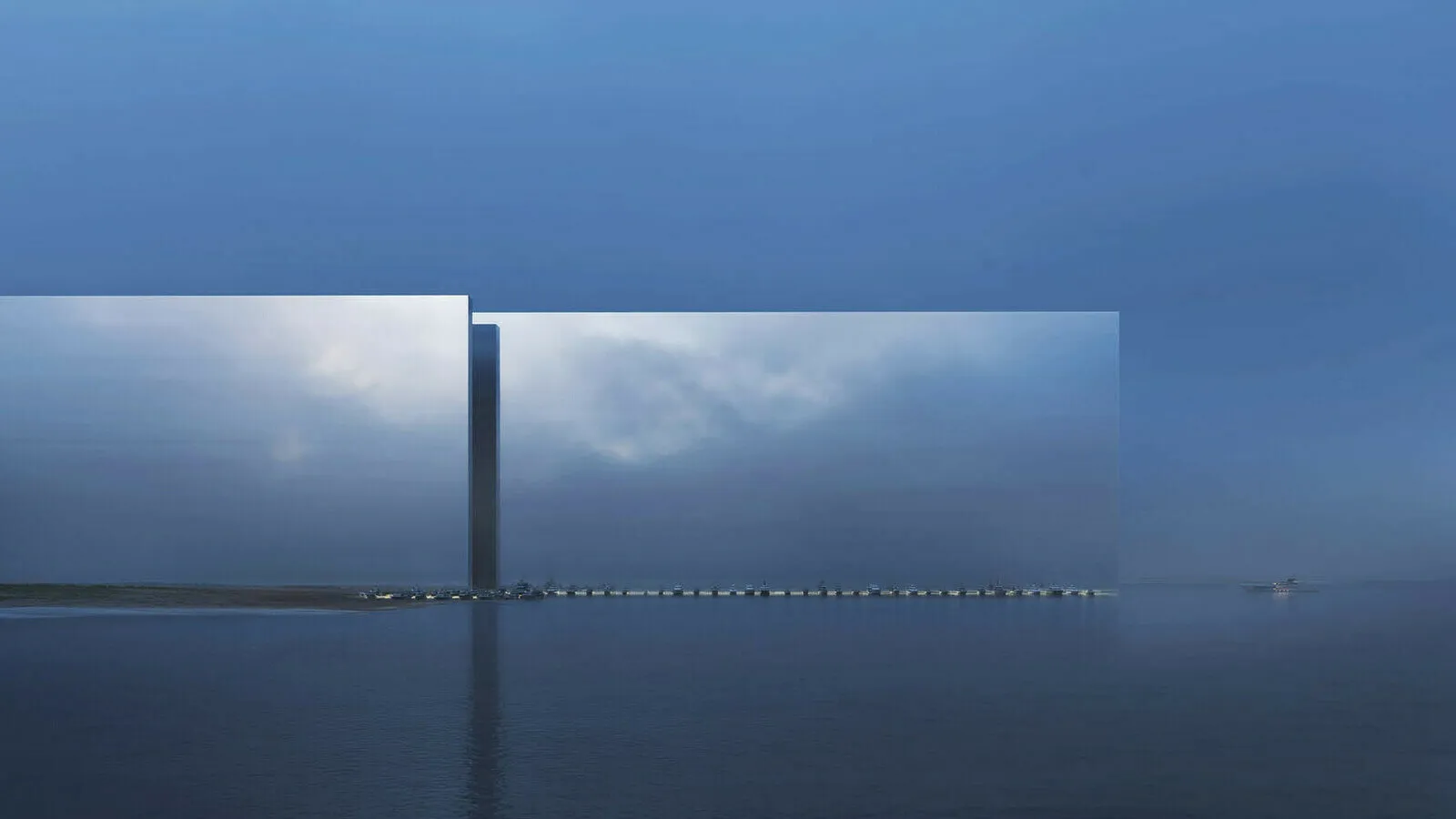 Photo: architime.ru
Photo: architime.ruCan a Desert City Be Eco-Friendly?
NEOM is positioned as an example of eco-friendliness. The project promises to use 100% renewable energy sources, mainly solar and wind power. Moreover, 95% of the region’s territory is planned to remain in its pristine state, turning into nature reserves.
But how will a desert city supply itself with water and food? The project’s creators rely on high-tech solutions:
Desalination of seawater using renewable energy.
Vertical farms located directly inside urban buildings.
Use of advanced agricultural methods to grow crops in desert conditions.
Are Flying Taxis and Cleaning Robots Part of NEOM?
Technology is the heart of the NEOM project. The creators promise that the city will become a real laboratory for testing cutting-edge innovations. Here are just some of the technological wonders promised:
Flying taxis for fast movement between different parts of the city.
Cleaning robots that keep streets clean.
Holographic teachers in schools.
Automated delivery systems for goods.
"Smart" homes that adapt to residents' needs.
Does it sound like a sci-fi movie script? Many experts are skeptical about the feasibility of implementing all these ideas. However, NEOM’s creators insist that technology is advancing so fast that by the time construction finishes, all of this will become reality.
 Photo: architime.ru
Photo: architime.ruHow Much Does the Future City Cost and Who Will Live There?
The cost of the NEOM project is estimated at a staggering sum - $500 billion. For comparison, that's about the GDP of Sweden. Funding mostly comes from Saudi Arabia’s state funds and private investors.
But who will live in this futuristic city? According to the creators’ plans, NEOM’s population should reach 1.5 million by 2030 and 9 million by 2050. It is expected that the residents will not only be citizens of Saudi Arabia but also specialists from all over the world attracted by the unique opportunities in the city.
Is NEOM Just a Luxury Toy for the Rich?
Critics of the project point out numerous issues. Here are just a few:
Unrealistic nature of many promised technologies.
The enormous cost of the project, which may burden the country’s economy.
Environmental risks associated with building a giant structure in a fragile desert ecosystem.
Social issues, including the relocation of local residents from the future city’s territory.
Many experts consider NEOM more of a branding project aimed at showing the world Saudi Arabia’s ambitions rather than a real plan for creating a future city.
Expert Opinion: Can NEOM Be a Model for Future Cities?
NEOM is undoubtedly an interesting experiment that makes us look at urban planning in a new way. Some ideas, such as the rejection of cars and emphasis on eco-friendliness, could indeed become a model for future urban projects. However, the scale and cost of NEOM make it unrealistic for most countries. Additionally, there are serious questions about whether such artificially created cities can be sustainable in the long term. Nevertheless, even if NEOM never becomes fully realized, the process of its design and discussion could yield valuable ideas for developing future cities.
 Photo: architime.ru
Photo: architime.ruWhen Can We Visit the City of the Future?
Construction of NEOM has already begun, and the first phase of the project should be completed by 2030. However, full implementation will take decades. The creators promise that the first residents will live in the city by 2025.
It's hard to say whether NEOM will become a reality or remain just a grand plan on paper. But one thing is clear: this project already makes us think about how future cities might look and what problems we need to solve on our way there.
So who knows? Maybe in a few decades, we will indeed walk the streets of a 170-kilometer skyscraper city stretching through the desert. Until then, we can only watch the development of this ambitious project and dream about future cities.
Cover: architime.ru
More articles:
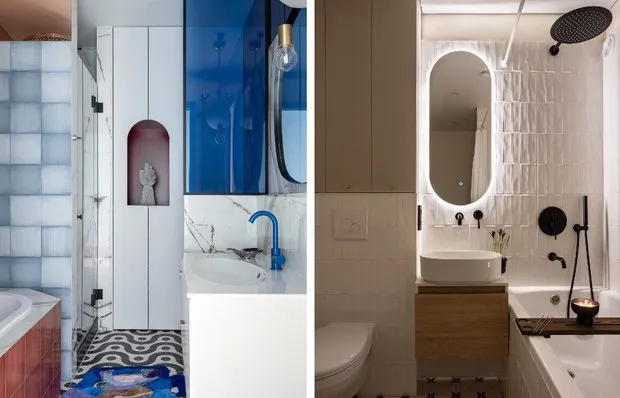 Top-5 Stylish Bathrooms Designed by Interior Designers
Top-5 Stylish Bathrooms Designed by Interior Designers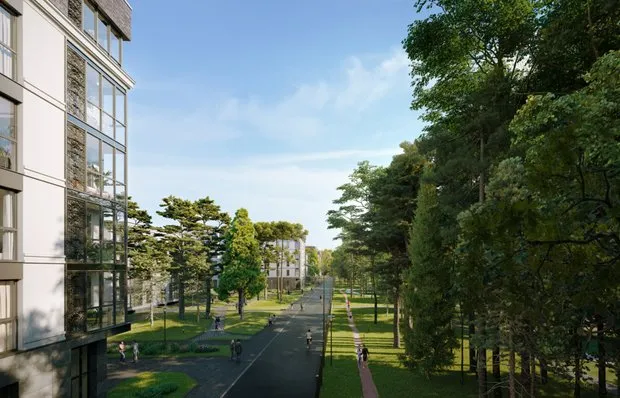 New Housing Format: What Are Mini-Cities and Who Are They Perfect For
New Housing Format: What Are Mini-Cities and Who Are They Perfect For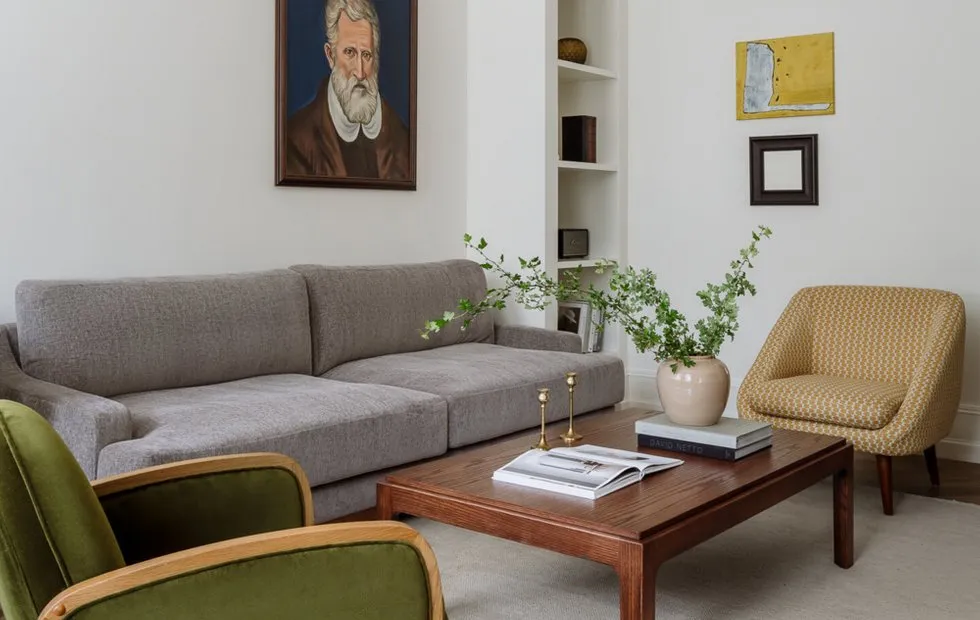 Houses of the Soviet Era: A Guide for Beginners
Houses of the Soviet Era: A Guide for Beginners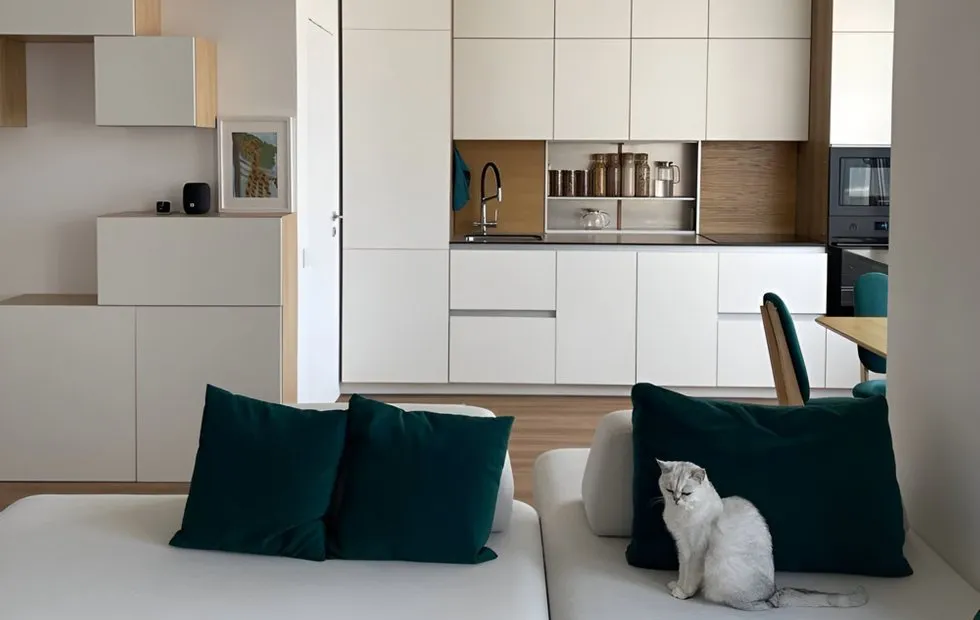 Kitchen DIY: How an IT Specialist Created a Functional Space in an Apartment
Kitchen DIY: How an IT Specialist Created a Functional Space in an Apartment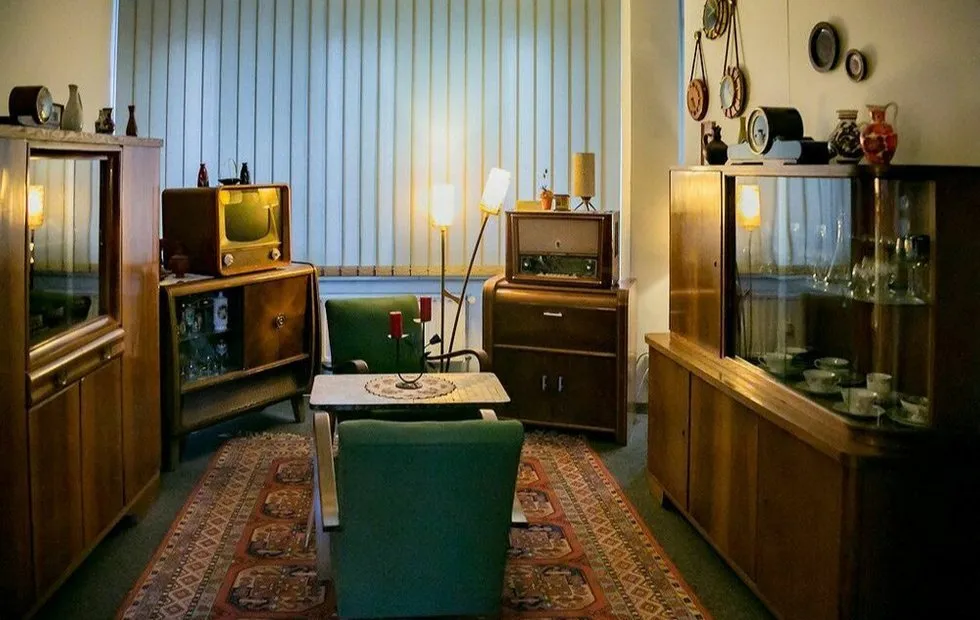 Nostalgia Soviet-Style: What Was in Our Grandmothers' Apartments and Why It Was Cool
Nostalgia Soviet-Style: What Was in Our Grandmothers' Apartments and Why It Was Cool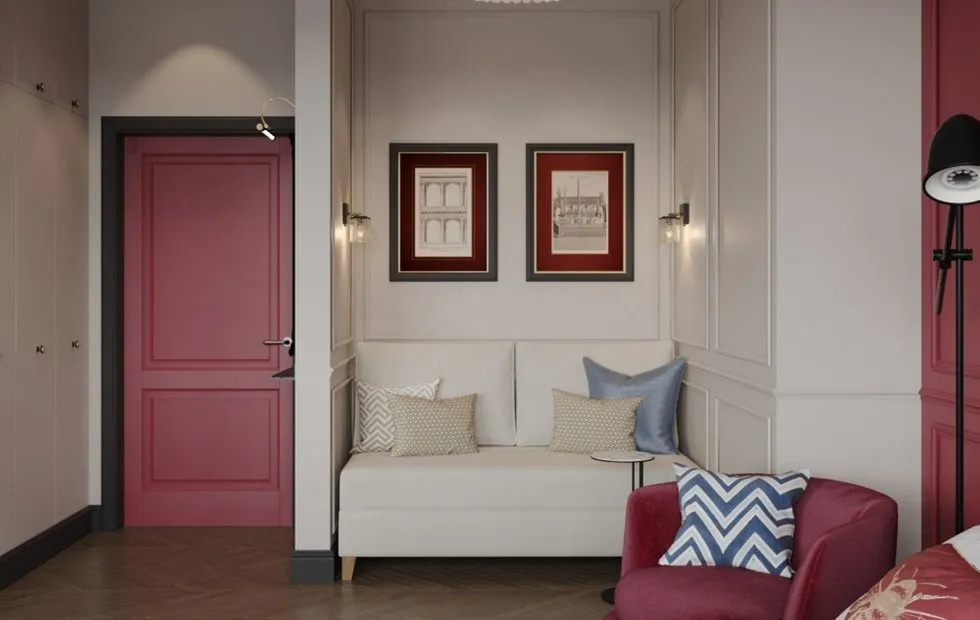 How to Maximize Space in a Small Apartment: Square Meters of Happiness
How to Maximize Space in a Small Apartment: Square Meters of Happiness Beautifully Transformed Standard New Building 63 m² Without Major Renovation
Beautifully Transformed Standard New Building 63 m² Without Major Renovation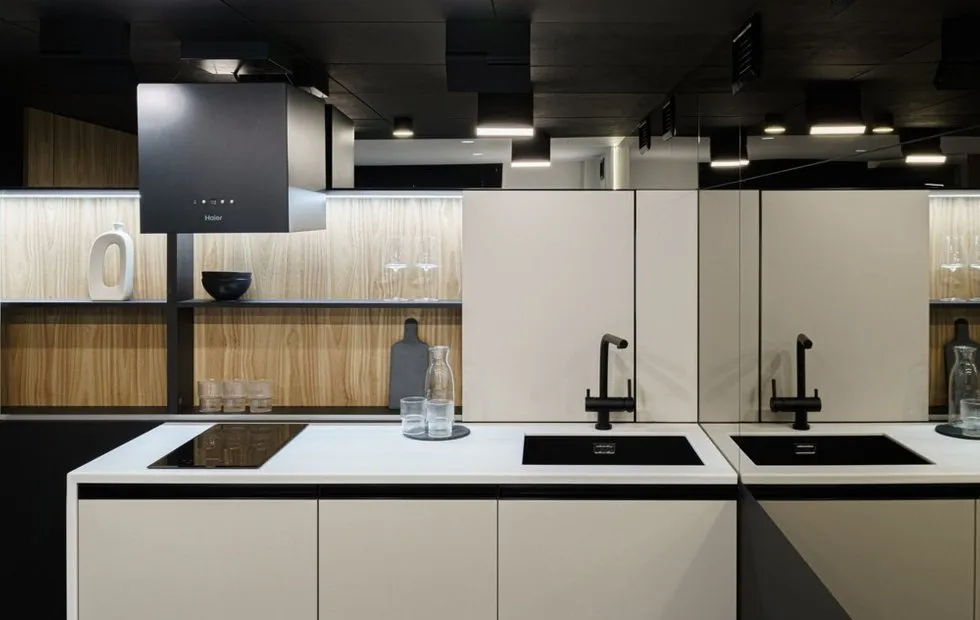 Micro-kitchen: how to fit the impossible in six square meters
Micro-kitchen: how to fit the impossible in six square meters